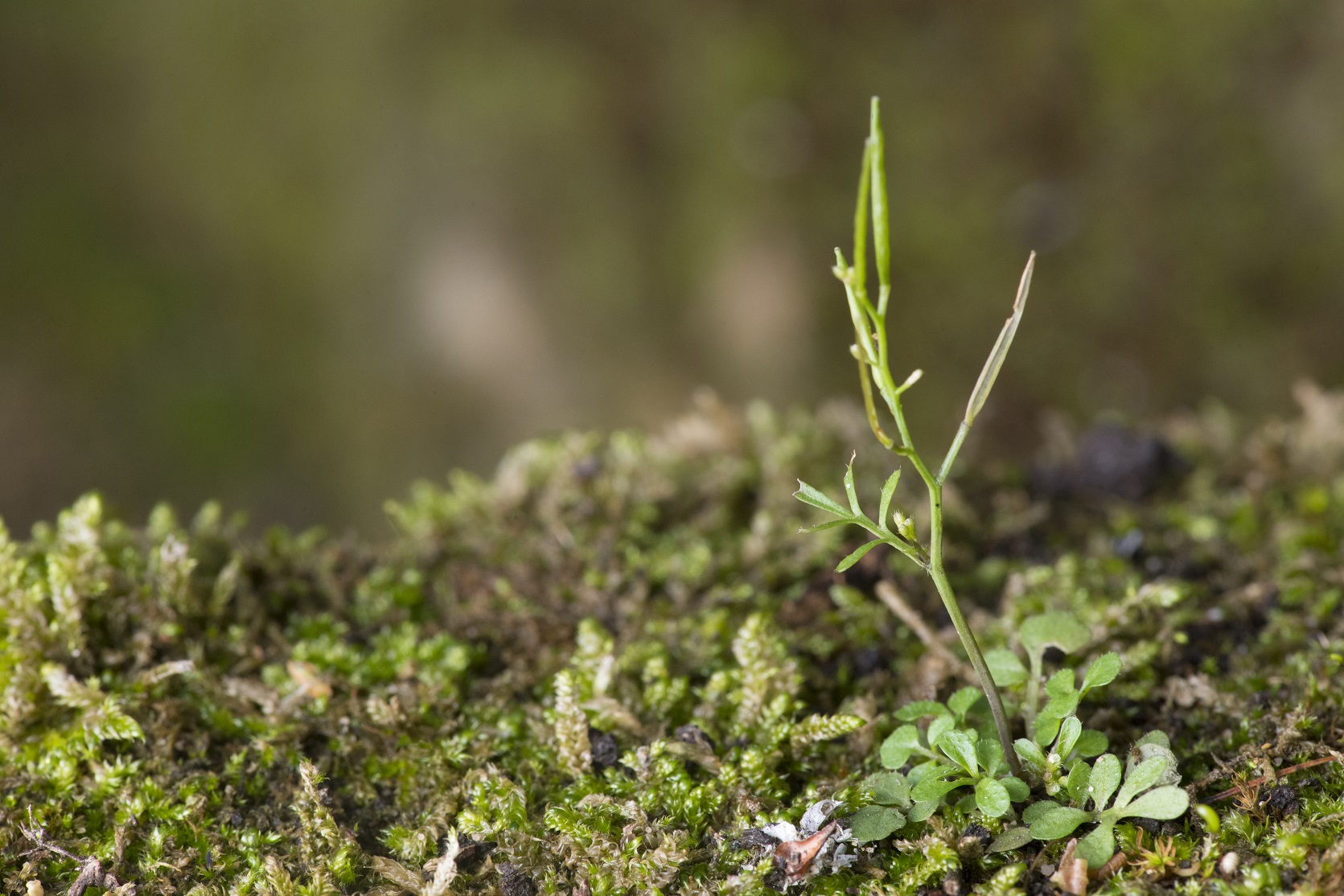One plant species might rescue another from extinction by 'sharing' pre-adapted versions of genes, according to a new study from experts at the University of Nottingham.
The findings could have very important implications for our understanding of how species adapt to climate volatility and other environmental challenges.
In the new paper, 'Interspecific introgression mediates adaptation to whole genome duplication', published in Nature Communications, scientists discovered a case of natural hybridisation of two rare wild plant species, with one likely rescuing the one other from early extinction by the transfer of preadapted gene variants.

This merger, or 'transfer of resilience' shows us how nimble evolutionary shifts can happen, even in the most conserved of processes - meiotic chromosome segregation, where an entire genome suffers the greatest mutation of all, whole genome duplication."
Whole genome duplication (WGD) happens in all kingdoms of life and is most common in plants. It can occur during a type of sexual cell division called 'meiosis' and is very common in crops that we eat including, wheat, apples, bananas, oats, strawberries, sugar and brassicas like cauliflower. It can also occur in the most aggressive cancers and is associated with cancer progression, so it is important to understand what factors stabilise genome duplication as well as how genome doubled populations evolve.
Dr Yant continues: "WGD is a traumatic event: core processes, from meiosis to transcription must immediately adapt to WGD. Usually this is too much to manage, leading to rapid extinction, but from time to time however, a hopeful monster arises, potentially reaping huge benefits."
Using an evolutionary bioinformatic approach, the team sequenced and analysed the entire genomes of 92 individuals of the wild plant species Arabidopsis arenosa and Arabidopsis lyrata from 30 populations throughout Europe. In a series of early studies, they found that wild plants with naturally doubled 'supergenomes' can stay ahead of the game when it comes to adapting to climate volatility and hostile environments.

In this latest study the team found that a suite of interacting gene variants was fascinatingly divided into two cooperating camps: one that had originated in the Arabidopsis arenosa background, and another that had clearly originated in Arabidopsis lyrata. After the genome duplications, the two young WGD lineages met one another and shared these special adapted alleles.
Following this lucky hybridisation event, the adapted alleles from each side rapidly spread in both populations, became dominant in both species, encoding a cooperative 'supergroup' of interacting proteins that stabilised WGD meiosis. Such a biological feat is particularly impressive because after WGD, there are twice as many chromosomes suddenly present to perform the intricate dance of meiosis and to do so without forming entanglements or breaking during segregation into the sex cells, or gamates.
Dr Yant said: "Understanding how genomes tolerate the exchange of these core gene variants, and then evolve naturally the rest of the cellular machinery to the new changes in essential processes, could have enormous implications—for instance it may help us to engineer temperature-stable future crops, an absolutely essential requirement given our intensifying climate crisis."
A full copy of the paper can be found here.
This work was supported by a major research grant from the European Union under the Horizon 2020 Programme and was led by the University of Nottingham. It was carried out by a network of collaborating UK and European laboratories (University of Nottingham, Charles University of Prague, and the Universities of Leicester and Edinburgh).






